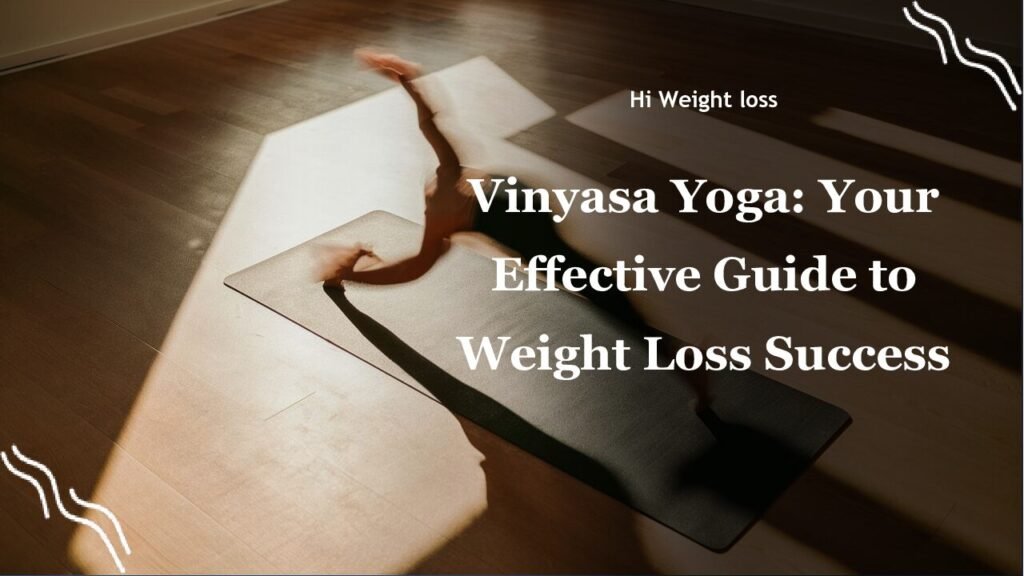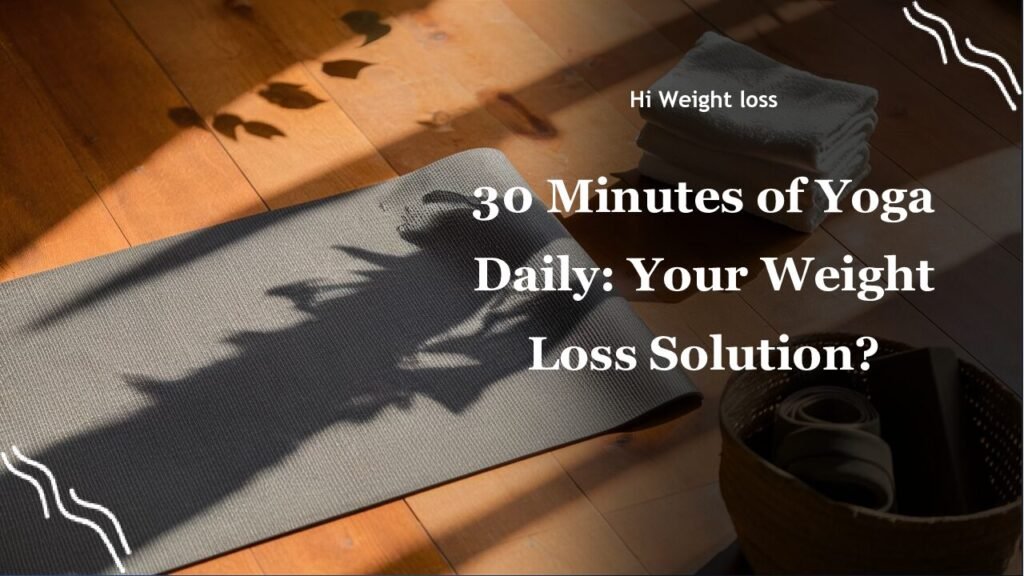Are you wondering if your yoga practice is truly enough to meet all your fitness needs? It’s a common question, especially when you see so many people hitting the gym for intense workouts. Maybe you, like my friend Sarah, found yoga to be a sanctuary, a place of calm, but you also secretly wonder if you’re missing out on other essential fitness components. In this article, we’ll explore whether yoga alone is sufficient exercise, delving into different styles and their benefits, and helping you understand how to create a balanced fitness routine that suits your unique needs.
Is Just Yoga Enough Exercise?
Let’s start with the basics: can yoga be your only form of exercise? The short answer is, it depends. Yoga, in its many forms, offers a wealth of benefits that go beyond physical fitness. However, whether it’s enough depends largely on your individual goals, the intensity of your practice, and the type of yoga you choose.
Understanding Different Yoga Styles
Not all yoga is created equal. Some styles are gentle and meditative, while others are challenging and dynamic. The intensity of the yoga you practice plays a big role in whether it meets your fitness requirements. For example, a gentle Hatha yoga class, focusing on basic poses and relaxation, is quite different from an intense Ashtanga session. Let’s take a closer look at different levels of yoga intensity.
Low to Medium Intensity Yoga
Styles like Hatha and Yin yoga generally fall into the low to medium intensity category. These classes focus on holding poses for longer periods, promoting flexibility and relaxation. While these are incredibly valuable, they may not provide the same level of cardiovascular benefits as more intense forms of exercise. My own experience with Yin yoga is that it’s fantastic for releasing tension, but I definitely don’t break a sweat during a session. For these gentler styles, you may need to engage in a longer practice to satisfy your fitness requirements.
Vigorous Yoga
On the other end of the spectrum are styles like Vinyasa and Ashtanga. These styles are more athletic, involving flowing movements and linking poses together. They can raise your heart rate and make you sweat, providing more of an aerobic workout. I remember my first Vinyasa class – I was so out of breath, I realized this was a real workout! Vigorous yoga styles can be more effective for those seeking cardiovascular benefits from yoga alone. These styles, with their increased intensity, are great for building strength and stamina, making them a more comprehensive workout.
Yoga and Fitness Requirements
Yoga has numerous physical benefits. It can improve flexibility, tone muscles, and enhance balance. However, if you are looking to meet all your fitness needs, it’s important to understand what those needs are. According to experts, optimal fitness includes cardio, strength training, and flexibility exercises. So, where does yoga fit in? Let’s examine that further.
Yoga is excellent for flexibility and muscle toning, but it may not burn as many calories as traditional workouts. To achieve optimal cardiorespiratory and muscular fitness, experts recommend doing at least three different types of activity, including cardio, strength training, and flexibility exercises. Yoga Journal has a great piece on this, highlighting that a mix of activities is often best for overall health and fitness.
I’ve noticed in my own fitness journey that when I rely solely on yoga, I sometimes miss the higher-intensity cardio my body craves. Adding a brisk walk or a quick run a few times a week makes a huge difference. However, it’s good to know that the level of cardio benefits you will achieve depend on the type of yoga you are practicing.
The Powerful Additional Health Benefits of Yoga
While yoga might not always be enough for full fitness on its own, its additional benefits are undeniable. Yoga offers something unique that other types of exercise often do not, such as improved mental clarity, stress reduction, and enhanced emotional well-being. UCLA Health published a fascinating article on the power of yoga, detailing its impact on brain structure and functional connectivity. I can personally attest to this – the days I do yoga, I’m calmer and more focused. This is because yoga not only strengthens your body, but also helps to regulate the mind, providing a powerful tool for overall health and well-being.
Studies have shown that yoga can also improve cognitive function, mood, resilience, and immune function. I have heard stories of people reducing their reliance on medications after committing to a regular yoga practice. This holistic approach to health that yoga provides makes it a uniquely powerful activity. These benefits are significant and should not be underestimated when considering yoga as an exercise choice.

How to Make Yoga Part of a Balanced Fitness Routine
So, if you are a yoga enthusiast, how can you make sure you are getting all the fitness components you need? The key is often about finding the right balance. Combining yoga with other types of activities can be the perfect approach. Consider incorporating both cardio and strength training into your routine. This might mean adding a few runs or brisk walks during the week, or combining weightlifting sessions with your yoga practice. Even just a couple of times a week can make a big difference. Yoga Basics provides a great guide to the idea that incorporating different activities is key. This approach allows you to reap all the benefits of yoga while also meeting your broader fitness needs.
Another approach is to ensure you are practicing vigorous styles of yoga. If you prefer sticking to yoga, then increasing the intensity of your practice can help. This might mean choosing Vinyasa or Ashtanga classes over Hatha or Yin, or even adding a few power yoga sessions to your weekly schedule. You might also try to add some yoga related strength exercises to your program, this will help you build overall strength while you enjoy your yoga sessions.
Here’s a table to help illustrate how you can incorporate yoga with other activities to achieve a balanced fitness regimen:
| Fitness Component | Yoga Styles | Additional Activities |
|---|---|---|
| Flexibility | Hatha, Yin, Restorative | Stretching routines |
| Cardio | Vinyasa, Ashtanga, Power Yoga | Running, Swimming, Cycling, HIIT workouts |
| Strength Training | Power Yoga, Some Vinyasa | Weightlifting, Bodyweight exercises, Resistance training |
| Mental Health and Stress Reduction | All styles of yoga | Meditation, Mindfulness, Outdoor Walks |
Conclusion
Ultimately, the question of whether yoga is enough exercise is a personal one. While yoga has numerous benefits and can form a strong foundation for fitness, it might not always meet all your needs. The type of yoga you choose, combined with your own individual goals, will determine the best fit for you. The key takeaway is that by understanding the strengths and limitations of different yoga practices, you can create a holistic fitness plan that is best suited to your body and lifestyle.
Like my friend Sarah, you might find that yoga is an important part of your fitness routine. It is definitely worth it to explore various styles and see which ones you love. You can then add other elements to make it a well rounded fitness routine that is suitable for you. So, now that you know a bit more about yoga and fitness, I encourage you to take the next step – try a new class, go for a walk, or share this article with someone else who might be wondering the same thing.
FAQ
Is yoga good for cardiovascular health?
Vigorous yoga styles like Vinyasa and Ashtanga can raise your heart rate and provide cardiovascular benefits. However, gentler styles may not offer the same level of cardio, so it may be good to add other cardio exercises to your fitness routine.
Can yoga help with weight loss?
While yoga may not burn as many calories as other forms of exercise, it can contribute to weight loss by increasing muscle tone, flexibility and enhancing your mindfulness and emotional control, making it easier to manage your food intake. It can also reduce stress levels, which often affects weight gain. However, it’s typically more effective when combined with other activities and healthy eating.
How often should I practice yoga?
The ideal frequency depends on your goals and schedule. For most people, 2-3 times a week is a good start, but some may enjoy practicing every day. The most important thing is consistency and to listen to your body.
What are the best yoga styles for beginners?
Hatha and Restorative yoga are good places to start. These are slower-paced and focus on foundational poses. Once you get comfortable with these, you can try other styles as you like.
Can yoga replace strength training?
Some styles of yoga, like power yoga, can help to build strength, but for a comprehensive strength program you may need additional strength exercises such as weight training. It’s important to maintain strength exercises together with your yoga routines for optimum fitness.



